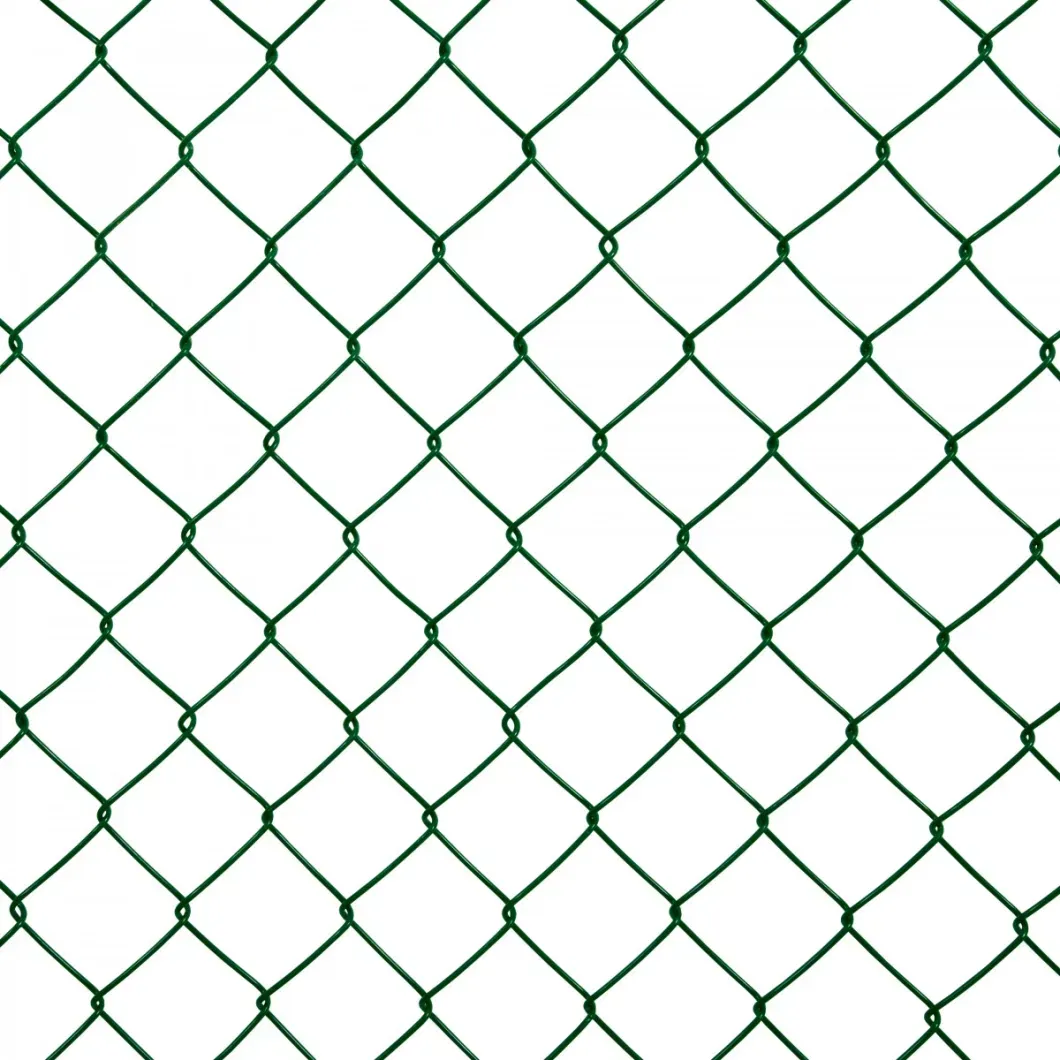Understanding Mezzanine Grating A Comprehensive Overview
Mezzanine grating, often referred to in architectural and design contexts, involves the incorporation of grating systems within mezzanine levels. These systems serve a variety of purposes ranging from structural support to aesthetic appeal. This article aims to explore the fundamentals of mezzanine grating, its applications, benefits, and considerations for implementation.
What is Mezzanine Grating?
Mezzanine grating refers to structural platforms that are partially open, allowing light and air to pass while providing a walking surface. These grating systems are typically made from materials like metal, fiberglass, or plastic and can be custom-designed to meet specific spatial requirements. They are commonly found in industrial settings, commercial buildings, and even residential spaces where an additional floor level is desired without compromising the area’s overall openness.
Applications of Mezzanine Grating
1. Industrial Use In warehouses and factories, mezzanine grating is extensively used for creating additional storage levels. The open design allows for safe passage of light and air, facilitating a working environment that can be both functional and safe.
2. Retail Spaces Many shops and boutiques utilize mezzanine levels to enhance the shopping experience. Grating can create visually appealing displays while contributing to an airy ambiance. This design choice is particularly popular in fashion stores and art galleries.
3. Residential Design Homeowners seeking to maximize vertical space might opt for a mezzanine level. Mezzanine grating can serve as an effective way to create loft areas that feel spacious and inviting, often paired with large windows to further enhance natural light.
4. Theatrical and Performance Venues In theaters, mezzanine levels equipped with grating can provide optimal seating arrangements without obstructing sight lines. Grating materials can also help in acoustically treating the space.
Benefits of Mezzanine Grating
The implementation of mezzanine grating offers various benefits
mezzanine grating

- Lightweight and Open Design Traditional flooring can make spaces feel claustrophobic. Mezzanine grating, on the other hand, facilitates an open atmosphere, making smaller areas feel larger.
- Excellent Ventilation The perforated structure of grating promotes air circulation, which is particularly advantageous in spaces requiring temperature control, such as laboratories or manufacturing facilities.
- Cost-Effective Solutions Building a mezzanine level can often be a more economical choice compared to traditional construction. It maximizes the use of existing structures and can be completed with less labor and materials.
- Customization Grating systems are available in various materials, sizing, and designs, providing flexibility to meet specific project needs. This adaptability makes it an attractive option for many industries.
Considerations for Implementation
While mezzanine grating has numerous benefits, several factors should be considered prior to installation
- Load-Bearing Capacity It's essential to assess the load requirements of the intended use. Grating materials must be selected based on the weight they will bear to ensure safety and compliance with building regulations.
- Safety Standards Grating systems should adhere to relevant safety codes, incorporating features like guardrails or anti-slip surfaces to prevent accidents.
- Maintenance Requirements Depending on the chosen material, the level of maintenance may vary. It's important to consider how the grating will perform under exposure to the elements, especially in outdoor applications.
Conclusion
Mezzanine grating presents a versatile solution for maximizing space and enhancing functionality in various settings. Its applications span from industrial warehouses to chic retail stores and cozy homes. As we move forward into an era that values space optimization and aesthetic appeal, understanding and utilizing mezzanine grating could prove to be a game changer for both professionals and enthusiasts in architecture and design.
-
Why Galvanized Trench Cover Steel Grating Resists Corrosion
NewsJul.10,2025
-
The Versatility and Strength of Stainless Expanded Metal Mesh
NewsJul.10,2025
-
Load Calculations in Steel Grating Platforms
NewsJul.10,2025
-
Keeping Pets and Kids Safe with Chicken Wire Deck Railing
NewsJul.10,2025
-
Hole Diameter and Pitch for Round Perforated Metal Sheets
NewsJul.10,2025
-
Aluminium Diamond Mesh in Modern Architecture
NewsJul.10,2025
Subscribe now!
Stay up to date with the latest on Fry Steeland industry news.

